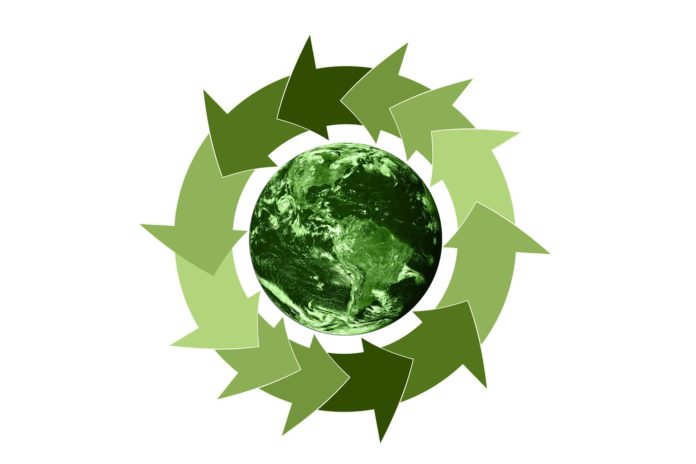by Jocelyn Kabatoff
I was an expert on recycling. From start-up curbside pick-ups in the early ’90s, to community green bins, and finally the City of Calgary’s curbside services I had 30 years of experience recycling. I knew exactly where my waste went and didn’t think much about what became of recyclables—and why would I? They were recycled! It was an efficient, everyday solution to save the earth. In recent years, with the attention to the climate crisis and the environmental footprint of our actions, I recently started to question if recycling was an efficient waste management solution. Turns out, recycling will help save the planet, but we have to refocus and take action to do it correctly.
In recent years, the recycling supply chain has become complicated and over-burdened by the amount of waste homes and business produce. We all make assumptions about how our cereal boxes and food tins are processed into new products. Markets for recycling evolve like any other commodity, but demand for recyclables, particularly plastic, is especially tight. China had been importing 50% of the world’s plastic waste for over 40 years, and when they effectively stopped in 2017, global demand for recyclables decreased while our supply of hummus containers, clamshell packaging and ziplock bags continues to grow. There is a new standard for quality of our standard for our recycling and many municipalities across North America have had to limit what recyclables they will accept, sometimes landfilling and burning materials that aren’t sold. Wrong items in the recycling means more time, resources, and processing is needed to try to sort the materials. Not everything can be pulled out which leads to a lower quality and lower valued recycling product for manufacturers to use. Calgary’s Waste and Recycling system is transparent about these challenges, and in 2015 City Council set an ambitious waste diversion strategy: To divert 70% of the waste from landfill by 2025. Here are a few actions you can take to get ahead of these goals.
Reduce: Start small and find a solution that works for your household. Before unloading recycling to your blue bin, note what materials you are recycling and plan to replace them with an alternative. For example, I noticed a lot of my produce was wrapped in plastic or styrofoam. I started bringing my own pantry containers to Sunnyside Natural Market for staples and, thanks to a reusable mesh produce bag, eliminated most of the plastic coming in my home. I refill cleaning products at Canary Goods to give more life to an otherwise single-use plastic bottle. Feel great for reducing waste and getting a HSCA member discount at these local businesses too!
Compost more: The good news for residents is the City of Calgary’s composting system is to waste and recycling what the Central Library is to architecture: critical infrastructure that makes our city unique! The Calgary Composting Facility is the largest of its kind in Canada. Since the introduction of the green bin, 50% of residential waste has been diverted from landfill. It’s efficient too—our food and yard waste produces commercial-grade compost suitable for farms, gardens, parks and nurseries in only 60 days. The best part is it stays local. Try putting your compost bin where your trash is to remind members of your household to break the “toss it and forget it” habit. Please note: multi-family condos and apartments have their suppliers for recycling and compost.
Stop ‘wishcycling’:
Buy recycled products:
Buying products made from recycled material won’t change the world, but perhaps if we all make slightly different purchasing decisions it may provide relief to the recycling infrastructure. Cascades brand tissue are manufactured by the same company who sorts our local recycling.









